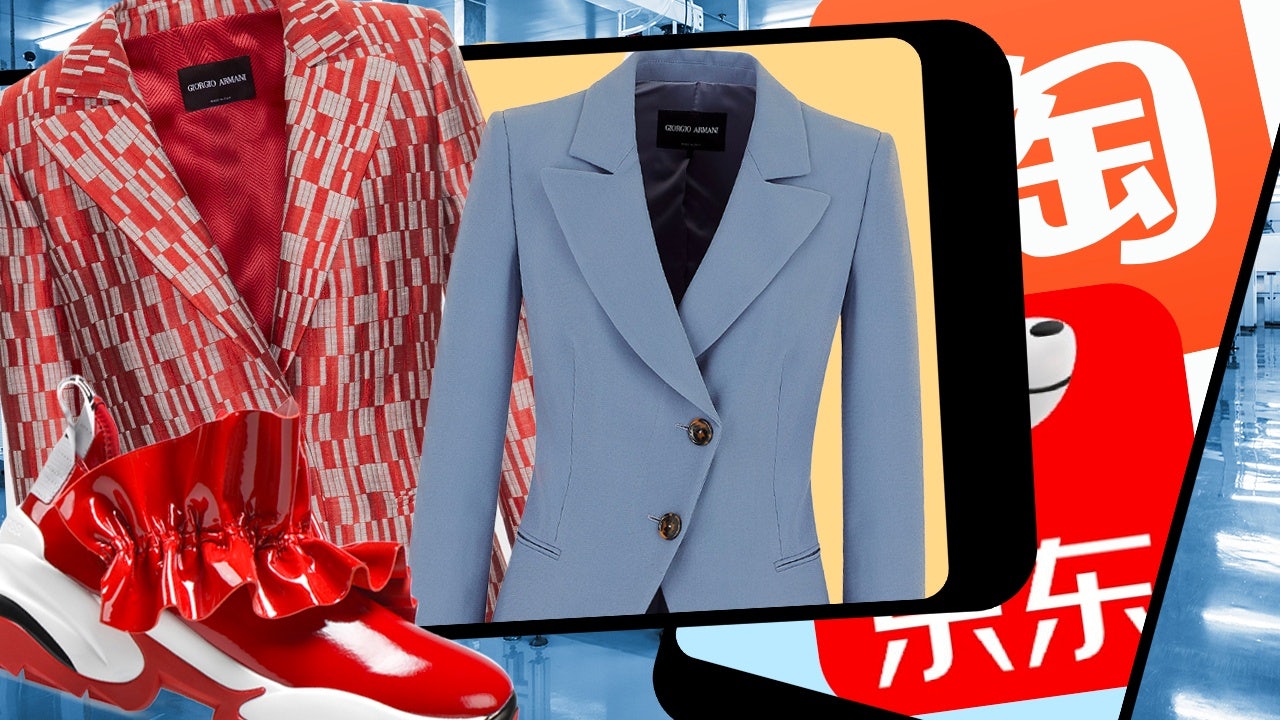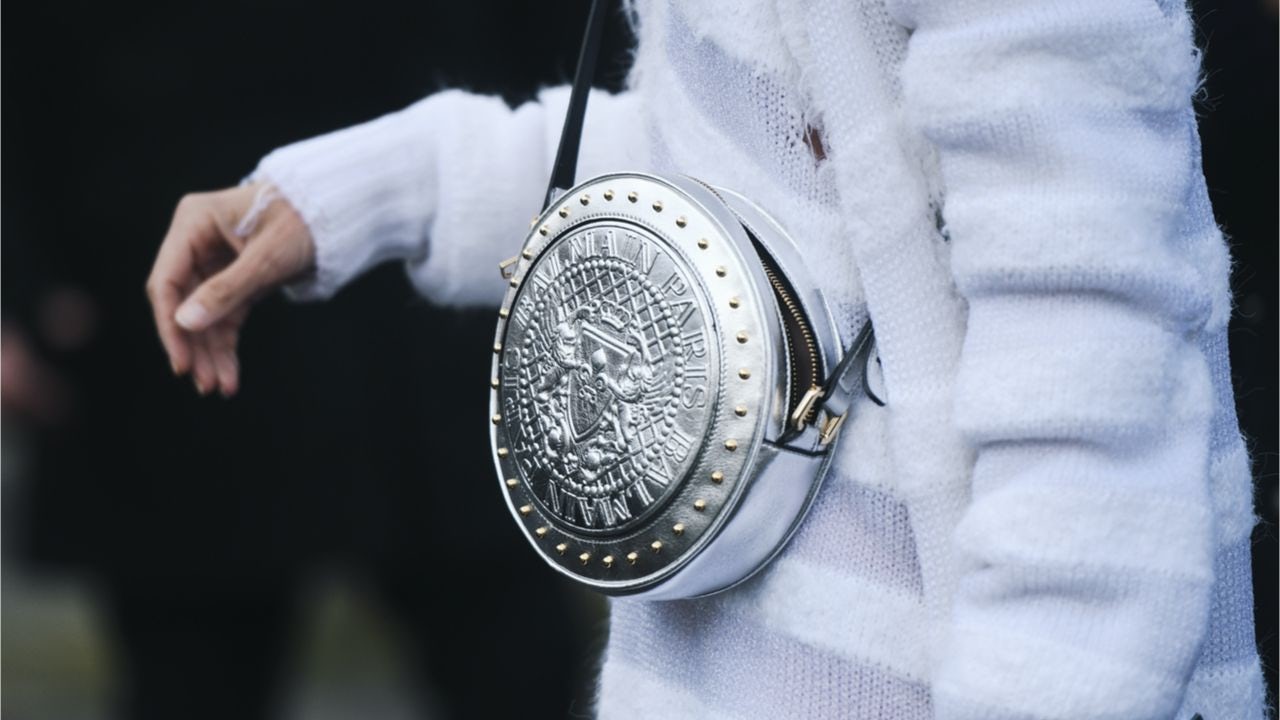The fashion industry has traditionally been a descending, authoritative system where brands dictate what consumers want to purchase by continually refreshing their designs. This concept that design should come before demand has rarely been challenged. But one recent trend disrupting this power balance in China is the Consumer to Manufacturer model (C2M).
Consumer to Manufacturer (C2M) has two main variations. In its original form, factories create products customized for customer needs and preferences. The second (a development of the first) sees e-commerce platforms like Alibaba, JD.com, and Pinduoduo use big data and AI to help factories and brands pinpoint these preferences. There are several complementary strands - such as customization, personalization, and bespoke products - that align with this model.
Many have predicted that C2M will be a new driver in the e-commerce landscape. In 2019, 420 million C2M-related bookings and sales were made in a single day during China's 618 (the country's second-largest online shopping festival). According to data from the Chinese research company iResearch, this market reached 2.5 billion in 2018 and is estimated to total 6 billion by 2022, which includes a compound annual growth rate of 24.4 percent. Though still a small percentage of China’s total e-commerce market, it’s a model that crucially enables brands to better address issues of inventory, supply chain efficiency, and demand.
Moreover, recently, the divide between what the designer, stylist, or merchandiser produces and what the customer wants to buy is becoming increasingly divergent. Insta-famous brands, See Now, Buy Now, and DTC [direct-to-consumer] models are all flourishing; C2M is another indicator that brands which fail to listen to consumers on product preferences and launch times will miss a trick.
How China has applied C2M#
In China, digitally-agile fashion brands already integrate technology into many aspects of their supply chain: it’s only logical that e-commerce platforms are starting to close the loop by analyzing consumer habits. While C2M is still maturing, China’s different platforms are developing C2M in different ways to impact how products are ideated.
The retail platform Pinduoduo is based on demand aggregation and group buying. Buyers tap into the power of social media to create products that reach manufacturers’ required levels — a model that’s become popular with price-conscious, lower-tiered city dwellers.
Companies like Alibaba and JD.com, meanwhile, have both been utilizing this trend as well. JD.com has been testing the C2M model since 2017, and the company launched its fashion technology research institute in 2018 to explore the application of advanced technologies like AI, VR/AR, big data, and smart supply chains. Recently, the Italian designer brand Sergio Rossi co-designed a new product based on JD’s big data analysis of customer preferences. The new product is a short boot (a style quite popular with JD customers) that features the brands’ recognizable Icona logo. It will be launched exclusively on JD.com’s platform with the 2020 A/W collection.
In March, Alibaba launched a new app on Taobao called Special Offers, which works with factories instead of brands to create C2M products. Its goal over the next three years is to help 1000 industries build ‘super’ factories that can directly supply customers. Chinese apparel, sportswear, and fashion companies, such as the manufacturing brands Anta and Bosideng Group, have signed up for the app and opened authorized stores online that offer lower-priced goods. Bosideng already collects and shares information through enterprise resource planning that helps them penetrate consumer preferences and consumption habits, and respond quickly to today’s rapidly changing fashion trends.
The sportswear manufacturer Anta started promoting C2M in 2018, and the brand currently has physical, in-store machines that measure the shape and size of feet. It puts these measurements into a customer data collection called the “Foot Bank System.” A consumer's personal data is saved in the system alongside membership details, which can be used to make a custom pair of shoes (roughly 45 days for completion).
This strategy of integrating in-store activity and online personalization with technology is another branch of the C2M family tree. The eyewear company 3DNA, based between Shenzhen and Hong Kong, supplies facial-scanning kiosks where consumers can choose preprogrammed styles in a variety of materials to create bespoke eyewear.
According to the brand’s founder, Dennis G. Zelazowski, “the ultimate luxury accessory for China is made-to-measure.” Additionally, Zelazowski explained that tech adds value to the retail experience by creating a highly sentimental limited-edition of one. “Retailers are under great pressure from online, and traditionally, they have been blocked from providing [C2M] online,” he said. “This personalization lets them deliver their white-glove service digitally after the scanning experience.”
3DNA’s unique application of the C2M model aligns with China’s increasing demand for product personalization, and, according to Coresight Research, this is being led by post-80s and 90s-born consumers. It is particularly suited to the beauty sector - where China has been particularly innovative.
The Japanese company Shiseido Company Limited chose Shanghai this year as the host city for its consumer-centric beauty innovation hub, and local leader Perfect Diary has astounded the beauty industry with its fearless approach to marketing and innovation.
This month, Perfect Diary will launch a C2M sub-brand called Abbey’s Choice. The signature product from Abbey’s Choice, Baby Milk Bottle 神仙小奶瓶, has drawn on a million specific requests collected from customers for over the past six years (this was well-timed since Daxue Communications reported that online conversations were focused more on skincare than cosmetics during COVID-19).
According to Ye Chen, a research analyst at the China-based regulatory and market news database Chemlinked, what sets the skincare brand apart is Perfect Diary’s innovative leveraging of WeChat. Ye has been watching Perfect Diary's strategy closely and is eager to see how this new addition parent company, Yatsen Global, will perform. “Before this brand officially entered the market, it was already known by the fans of Perfect Diary through WeChat groups,” she said. “Making two brands which don’t compete but share traffic is a strong way to promote the newer brand in its early stages.”
What’s the future for C2M?#
Brands can use a C2M model to better address consumer demand, improve the efficiency of their supply chains, and tighten their inventories. But the primary pain point when using C2M lies with being agile enough to respond to collected data. The large competitive uptake of products in China means that companies must be agile and adaptable - not only with consumers but with nimble approaches to manufacturers as well.
The unexpected arrival of COVID-19 has shown that brands must work differently. China is already doing this. Moreover, the pandemic impacted stock and will be vital in driving a reduction in production. Jonathan Smith, founder and CEO of digital agency Hot Pot China explained that sales advisors livestreamed from stores during the pandemic or made sales over video calls on WeChat. “That’s China being flexible and moving quickly.”
For international luxury brands, speed applies to both production and China's changing face of luxury. “If designers are seen to respond quickly, does that make a product timeless or heavily crafted, and can it still be luxury? What the main luxury houses need to understand is that speed and personalization are being seen as the new luxury,” Smith explained.
Still, there are both pros and cons to C2M. As Ye pointed out, the quality of the resulting products is often lacking. “Brands have procedures in place to carry this out and ensure [C2M products] are in good quality, but in this model without a brand, there can be a problem maintaining levels of consistency,” she said. Another challenge lies with supply-chain ownership because few factories can create an entire supply chain. “This means they can’t produce it directly. But e-commerce platforms are helping, so this will hopefully help the situation down the line,” Ye added.
Currently, C2M is a niche-demand application for lower-price goods. But, outside China, will it be worth retooling and implementing? For now, Smith believes C2M works in China because of its vast size and the nature of its e-commerce market, which has access to all the touchpoints that create a complete lifestyle picture. Luxury companies already create capsules aimed at the Chinese market, but C2M can help identify consumer demand. “It’s important to listen in China, and C2M is the ultimate form of listening,” said Smith. Yet, regardless of how this trend plays out, China is certainly the most fertile ground for it, and luxury should be watching closely.

